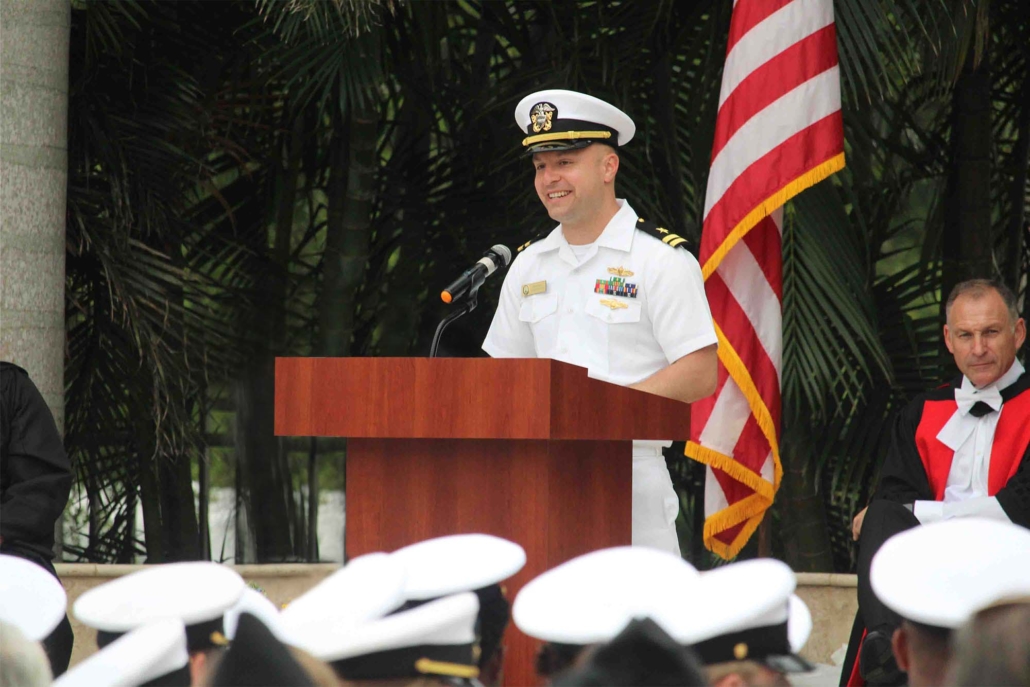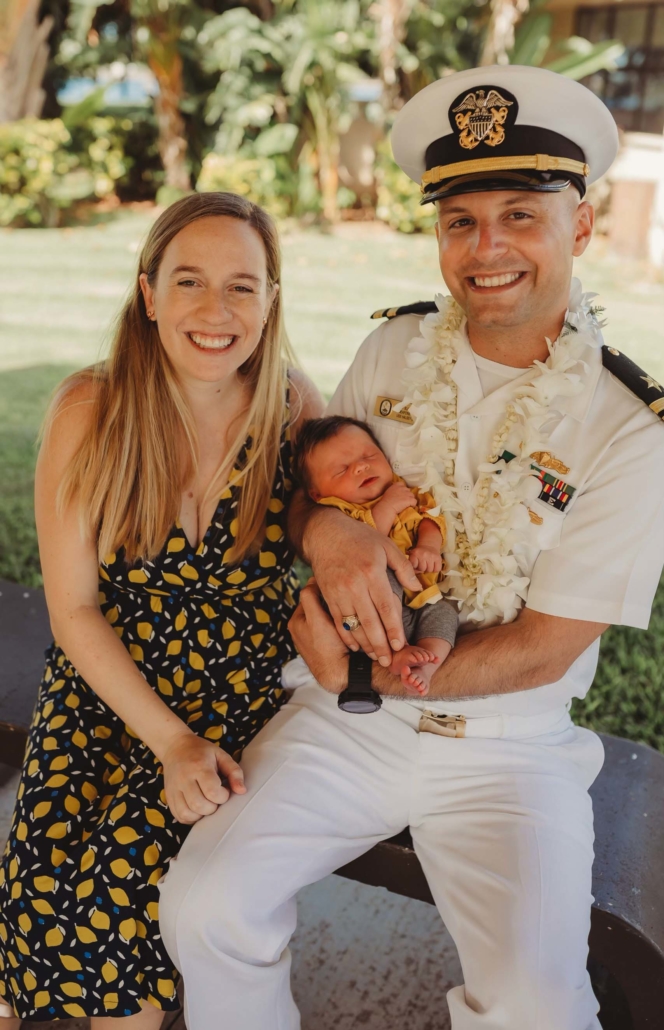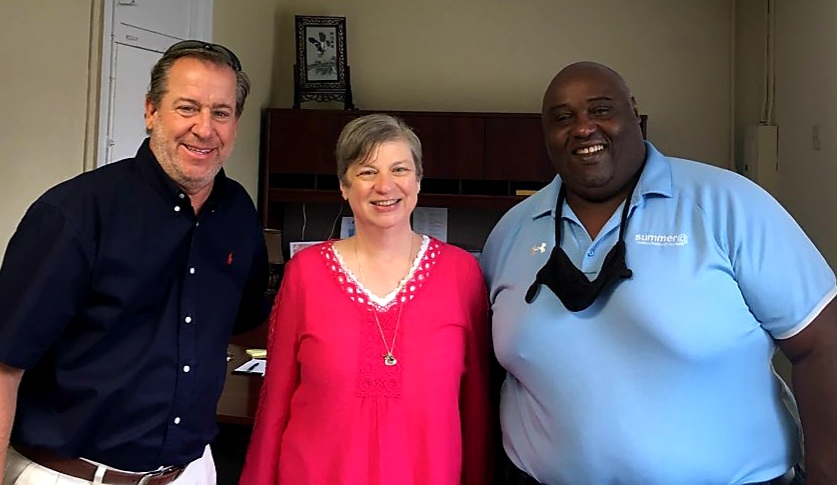Homer Moyer and Millie Moyer were Pillars of the Farragut Community
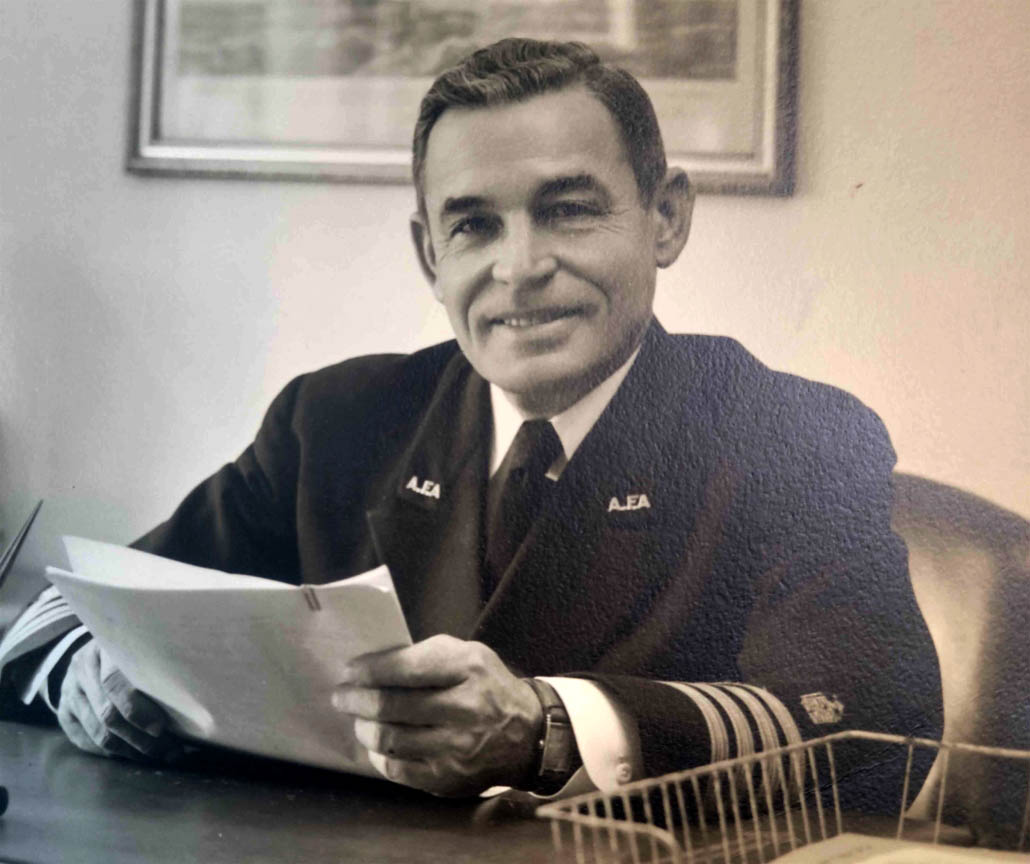
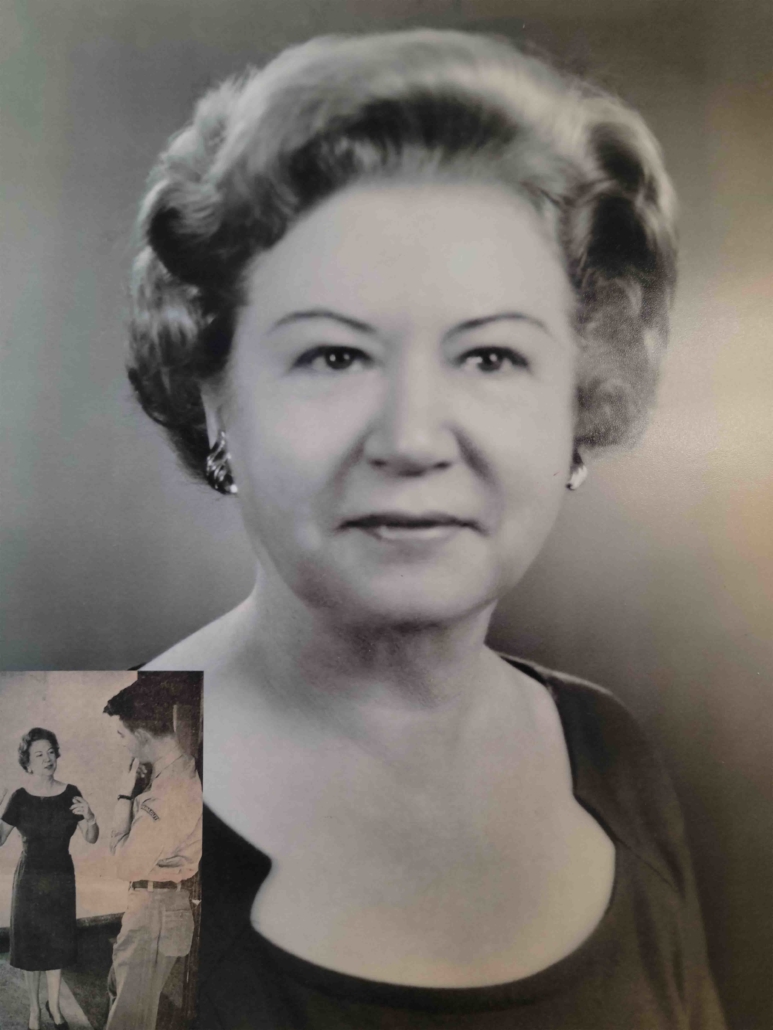
Homer Moyer, born in Leesville, South Carolina on February 24, 1898, was a graduate of South Carolina’s Newberry College. During World War I, he served in the Quartermaster General’s Office and as a part of the Treasury Department’s “Auditors Corps,” with a posting in France.
Following military service, Homer played a year of professional football and several years of semi-pro baseball, having been signed by the New York Giants for the club’s 1920 spring training in San Antonio, joining legendary Manager Muggsy Magraw and future Hall of Famers, Christy Matthewson, and Frankie Fritsch.
In 1922, he moved to Green Cove Springs, Florida to join Florida Military Academy, the first military school in Florida. There he taught ancient history and was Athletic Director and Head Coach of the school’s athletic teams. In 1925, he was named president of Florida Military Academy, a position he held until 1934. Following a 1931 fire that destroyed the academy, the school and student body moved from the Jacksonville area to St. Petersburg and its new home in the former Rolyat Hotel, originally an elegant 1920s boom hotel that is today Stetson Law School.
In 1936, Homer became Assistant Superintendent of Riverside Military Academy, the largest military school in the country, with campuses in Gainesville, Georgia, and Hollywood, Florida. At Riverside, he also taught European History and was coach of Riverside’s varsity baseball team, remaining at Riverside until 1945. In 1939, he and his wife, Millie, led Riverside students on a tour of six European countries, and in 1941, he served as a member of the staff of Florida Governor Spessard Holland.
In 1945, Homer was asked to move to St. Petersburg with his wife, Millie, and their two-year-old son to help start Admiral Farragut Academy, the sister school of Admiral Farragut Academy in Tom’s River, New Jersey. Serving first as Director of Admissions, then Executive Officer, and then a member of the Board of Trustees, he guided the development of the academy over the next decade, until when, in
1954, he died suddenly and unexpectedly of a heart attack. The Board of Trustees praised him as “a man who was esteemed by his associates, loved by his friends, and respected by all.” The Binnacle reported that “To say he is missed by many students, former students, professional associates, and a host of friends is this year’s masterpiece of understatement.”
Millie Moyer, born Mildred Joye Wilkerson, grew up in Rome, Georgia in a musical family. A young trumpet player, she was regarded as something of a child prodigy in her hometown, where she was featured in local concerts. Before the age of 20, she and her mother arranged for her to travel by steamship to New York to study trumpet with Karl Risland, the First Trumpet of the New York Symphony. Risland later wrote to her mother, extolling her daughter’s “remarkable talent, … of an exceptional standard.”
Following her study in New York, Mildred toured the Southeast for several years with two of her sisters, Isabel and Margaret, as part of “The Wilkerson Concert Company,” playing lyceum, Chautauqua, and hotel concerts, with occasional radio appearances. In the trio, Millie played both trumpet and cello.
In 1923, while the trio was playing at the St. Elmo Hotel in Green Cove Springs, Florida, Millie and Homer met. Following a long and often long-distance courtship, the couple was married in 1931.
Millie taught ballroom dancing first at Florida Military Academy, then at Riverside Military Academy, and then at Admiral Farragut Academy. At Farragut, she also served as the academy’s Social Hostess, organizing dances and social functions.
Following Homer’s death, Millie continued as Farragut’s Social Hostess and continued to teach ballroom dancing, through the advent of rock and roll, the popularity of Elvis Pressley, and crazes such as “the Twist” and cha-cha. For other sources of income, she became a wedding consultant, wrote a local newspaper column on teenage etiquette entitled “Mind Your Manners” and a similar column in Farragut’s Binnacle entitled “Cadetiquette,” became the Coordinator of Volunteers at St. Petersburg’s new Museum of Fine Arts, was the proprietor of the gift shop in a summer resort hotel in western Massachusetts owned by her sister and brother-in-law, and, ultimately, became a St. Petersburg realtor.
Millie retired from Farragut in 1980, after more than a half-century teaching ballroom dancing. In the spring of 1991, she died peacefully, surrounded by the love of her son, daughter-in-law, four grandchildren, and countless friends.

